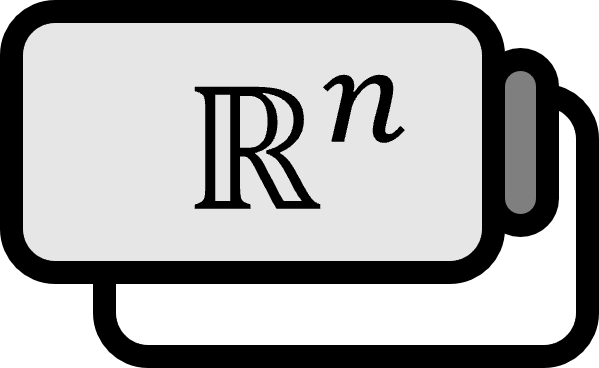Limits and Continuity of Vector-Valued Functions
Definition1
Let the vector function $\mathbf{r} : \mathbb{R} \to \mathbb{R}^{3}$ for three scalar functions $f, g, h: \mathbb{R} \to \mathbb{R}$ be given as follows. $$ \mathbf{r}(t) = \left( f(t), g(t), h(t) \right) $$
Define the limit of $\mathbf{r}$ at $a$ as follows.
$$ \lim\limits_{t \to a} \mathbf{r}(t) = \left( \lim\limits_{t \to a} f(t), \lim\limits_{t \to a} g(t), \lim\limits_{t \to a} h(t) \right) $$
We say that $\mathbf{r}$ is continuous at $a$ if the following equation holds.
$$ \lim\limits_{t \to a} \mathbf{r}(t) = \mathbf{r}(a) $$
Explanation
This extends the definition of the limit and continuity of scalar functions directly. It is similarly defined for $n$ dimensions. For $\mathbf{r}(t) = \left( f_{1}(t), \dots, f_{n}(t) \right)$,
$$ \lim\limits_{t \to a} \mathbf{r}(t) = \left( \lim\limits_{t \to a} f_{1}(t), \dots, \lim\limits_{t \to a} f_{n}(t) \right) $$
James Stewart, Daniel Clegg, and Saleem Watson, Calculus (early transcendentals, 9E), p890 ↩︎
